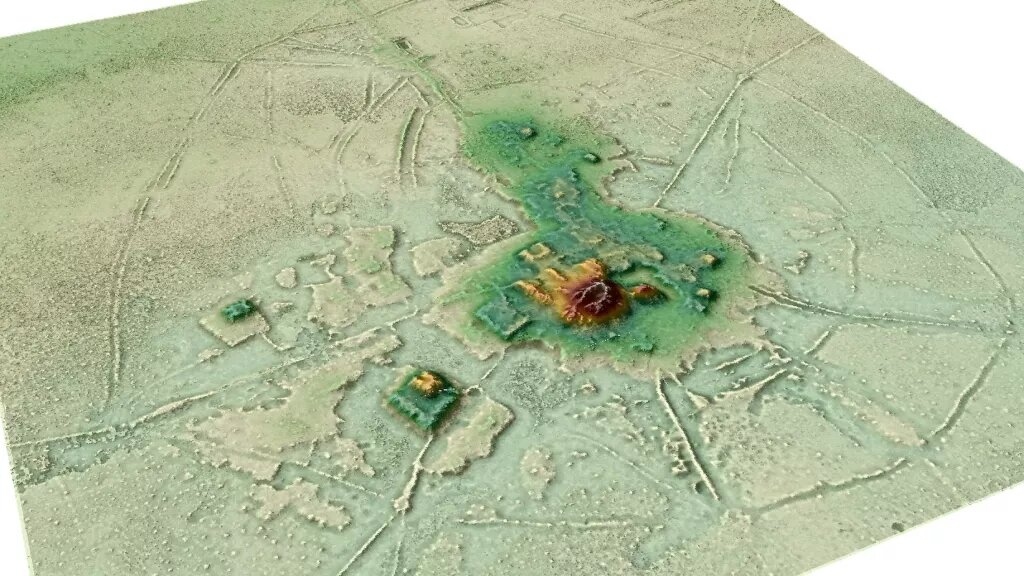RIO DE JANEIRO, BRAZIL – Archaeologists were astonished. They found a monumental site beneath the dense Amazonian jungle in Bolivia, which could easily have been an entire city.
After launching several lasers from helicopters on the fly, they realized that this was a unique civilization that had remained hidden amid the evergreens.
From a more careful analysis of the structures found, the researchers determined that this ‘lost’ civilization may have been numerous at the height of its development. Most likely, according to Live Science coverage, they were the Casarabe, who inhabited the region at least 1,400 years ago.

A “LOST” CIVILIZATION IN THE AMAZON
Following findings in the Bolivian Amazon, archaeologists suggest that this ‘lost’ civilization developed an extensive urban complex in the middle of the jungle. Moreover, they adapted to the unique environment where they lived with alacrity; they documented Nature.
According to the authors of the study, there was no record of pre-Hispanic settlements in the Bolivian Amazon. This study disproves this preconception:
“Here, we present data from sites belonging to the Casarabe culture (circa 500 AD to 1400 AD) in the savanna-forest mosaic of the Llanos de Mojos, southwestern Amazonia, which reveals the presence of two remarkably large sites in a dense four-tiered settlement system,” writes the research team.
As far as is known, the Casarabe expanded over approximately 4,500 square kilometers. Even though they were in the middle of the dense jungle, they achieved an urban development that was not invasive to the environment.
From the images obtained with lasers, the researchers determined that this site contains stepped terraces and infrastructure for water management.
The settlement sites are surrounded by “classified concentric polygonal benches”. According to the study, they “represent central nodes connected to lower-ranked sites by straight, elevated causeways extending for several kilometers.” Never before has such a complex site been described in the area.
CIVIC BUILDINGS AND AQUEDUCTS
According to the German Archaeological Institute findings, the building found in the Bolivian Amazon was most likely a public administration building. Researchers think this ancient city was connected to other pre-Hispanic power centers by complex road networks, which time buried.
“Within an hour’s walk, you can reach another settlement,” explains the study’s lead author, Heiko Prümers, an archaeologist at the institution. “That’s a sign that this region was very densely populated in pre-Hispanic times.”
After studying the Casarabe for more than two decades, Prümers was intrigued by these new sites. There is a record that peninsular colonizers encountered isolated populations of this lost civilization in the 16th century. However, it was not known that they had managed to develop water reserves and distribution channels of this complexity.
Most likely, says Prümers, they used this technology to contain floods. These aqueducts also served as fish farms, one of the most essential proteins for the Casarabe.

